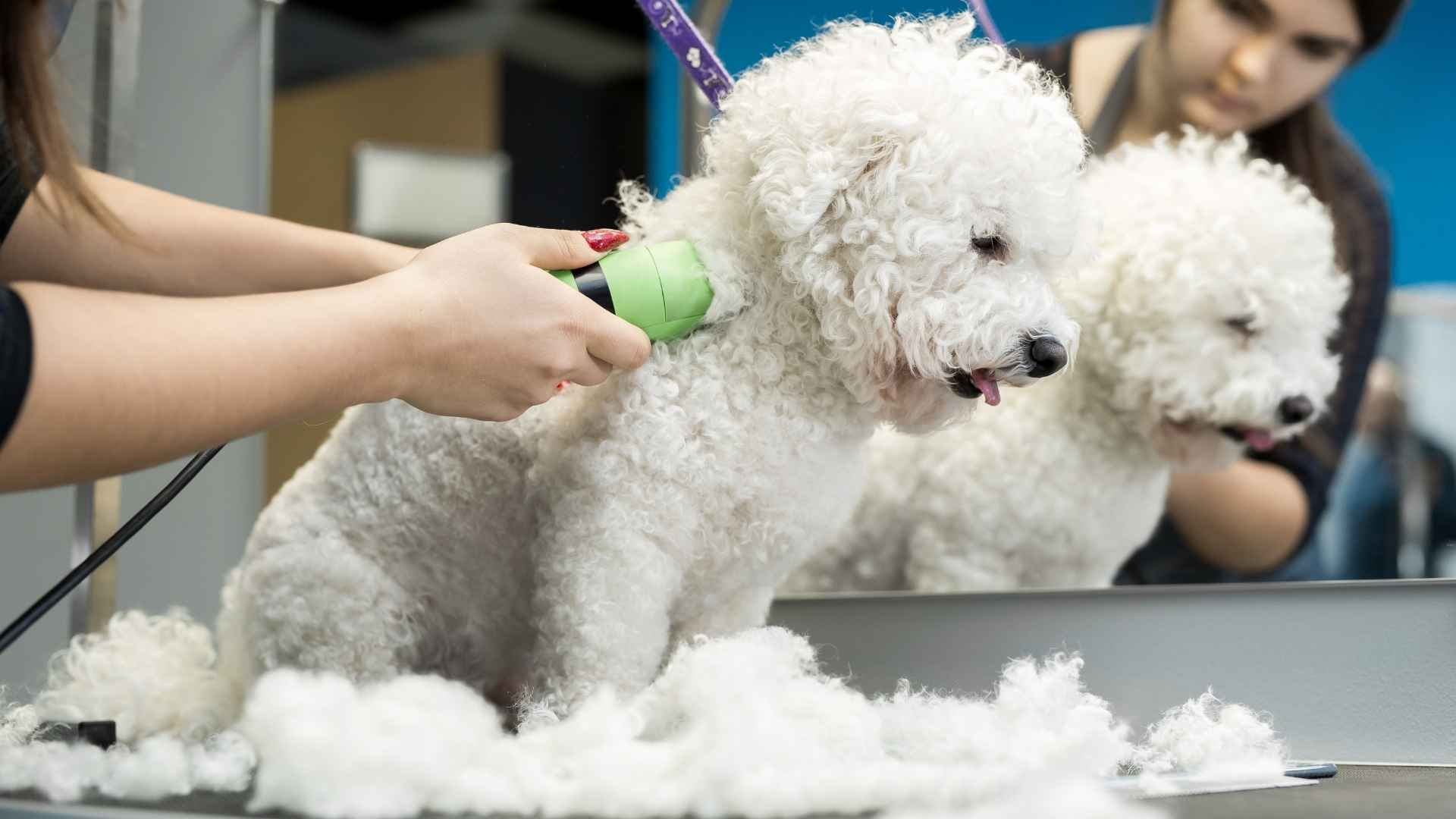If you love dogs but aren’t a fan of finding fur on your clothes, couch, and just about everywhere else, you’re not alone! Shedding is natural for many dog breeds, but some leave more hair than others.
Whether you’re dealing with seasonal shedding or year-round fluff explosions, understanding why dogs shed and how to manage it can make life easier for you and your furry friend.
From grooming techniques to the right diet, there are plenty of ways to keep shedding under control without sacrificing cuddle time. Regular brushing, proper nutrition, and even the right cleaning tools can help you stay ahead of the fur storm.
If you’re considering bringing home a dog known for shedding, knowing what to expect can save you from endless lint rolling. Let’s explore some of the most shedding-prone dog breeds and how to keep their fluff from taking over your home!
Shedding Dog Breeds
1. Great Pyrenees
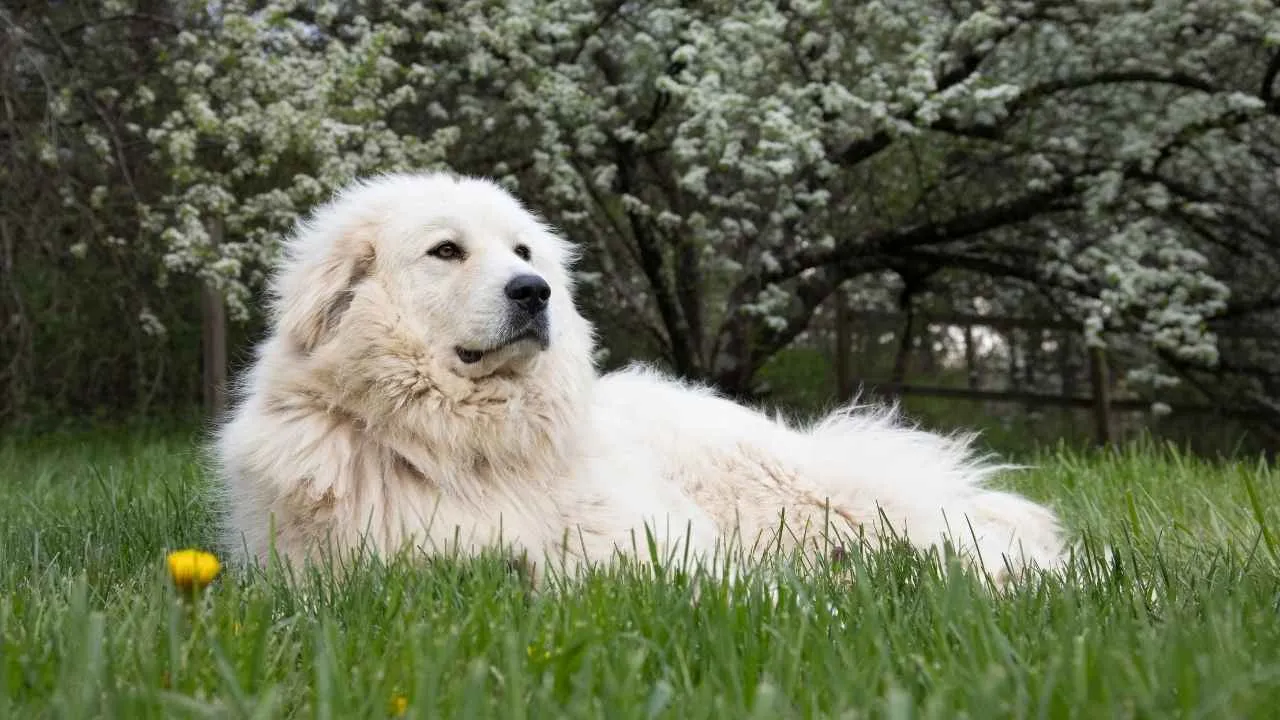
The Great Pyrenees is a majestic, thick-coated breed originally bred to guard livestock in the mountains. Their double-layered coat, designed for harsh weather, is dense and fluffy, making them one of the heaviest-shedding breeds.
While their elegant white fur adds to their regal appearance, it also means owners must be prepared for a home covered in floating fur.
Shedding in Great Pyrenees is a year-round event, but it intensifies during seasonal changes, especially in spring and fall. Their thick undercoat sheds in large clumps, creating a “snowstorm” of fur inside the house. Loose hair can tangle and form mats without regular grooming, leading to discomfort and potential skin issues.
Grooming is essential to managing their heavy shedding. Brushing at least 3–4 times a week with a de-shedding tool helps remove loose hair and prevent excessive buildup. Bathing should be occasional, as over-washing can strip natural oils, making their coat drier and shedding worse.
Beyond brushing, maintaining their coat also involves managing their environment. A high-quality diet supports healthy skin and reduces excessive hair loss. Vacuuming frequently and using furniture covers can also help control the inevitable fur spread.
While the Great Pyrenees’ shedding may be challenging, their loyal, gentle nature makes them worthwhile. Those willing to commit to regular grooming and upkeep remain one of the most affectionate and devoted companions, even if their fur seems to be everywhere!
2. Chow Chow
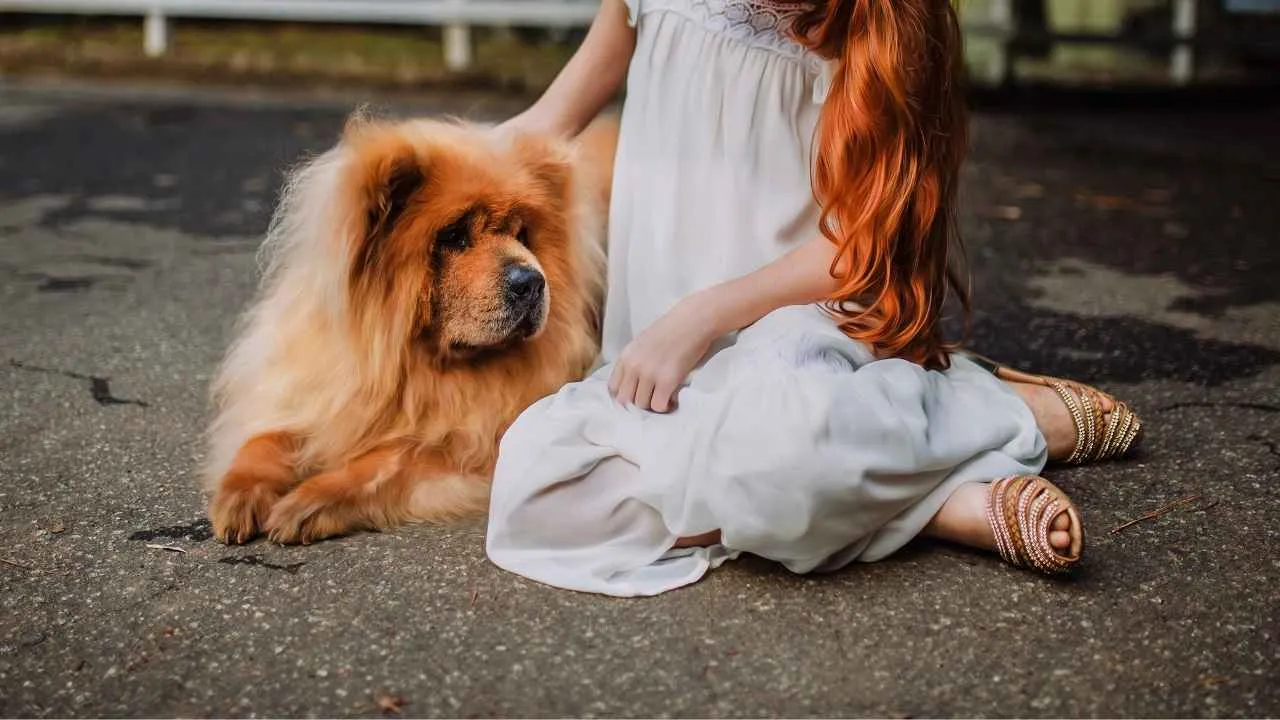
The Chow Chow is famous for its lion-like mane and thick double coat, making it one of the heaviest-shedding dog breeds. Originally bred in China as a working and guard dog, this breed has a dense, woolly undercoat beneath a rough or smooth outer layer. While their fluffy fur is beautiful, owners must be prepared for relentless shedding.
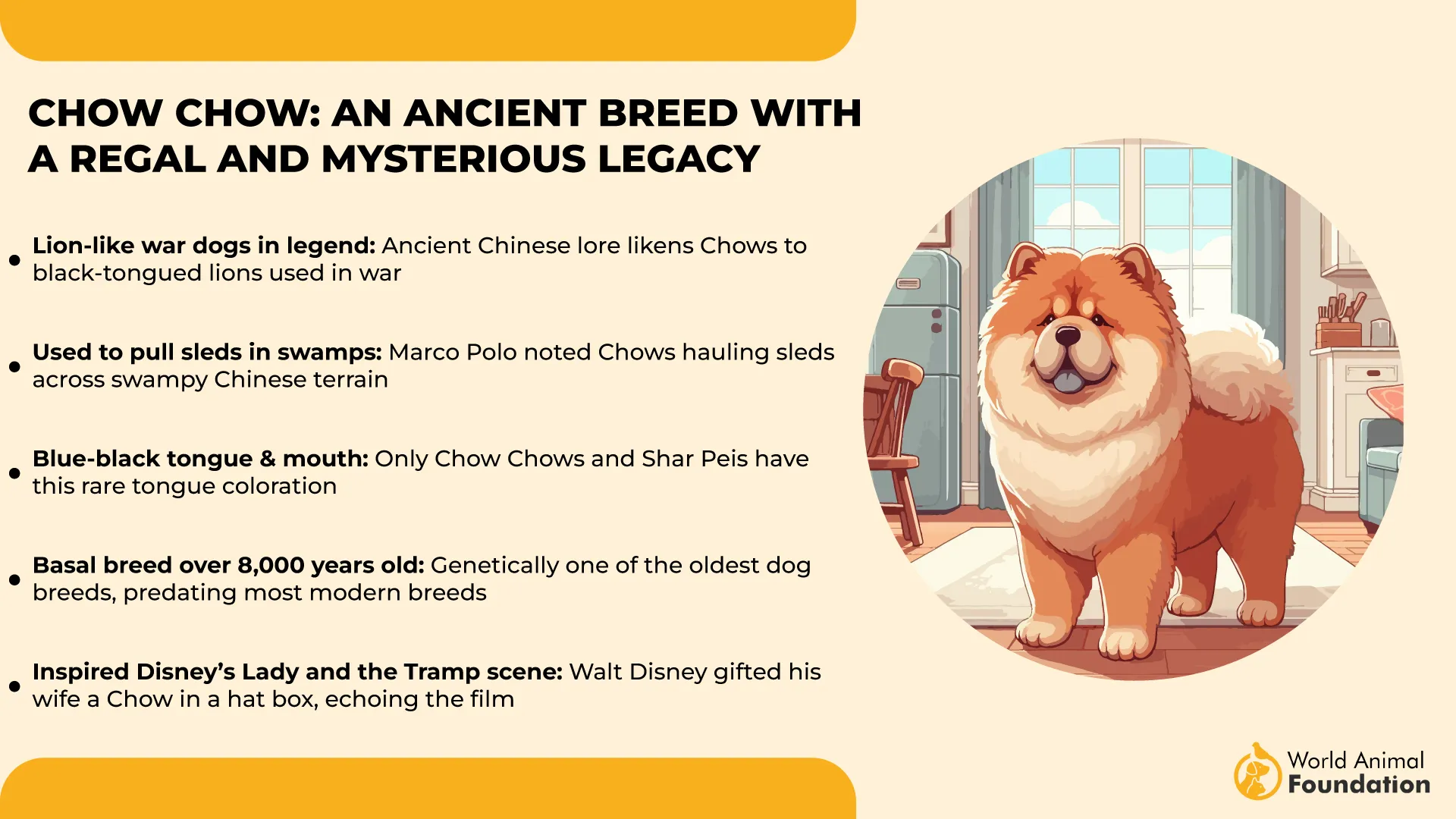
Chow Chows shed heavily year-round, with two major shedding seasons in spring and fall when they “blow” their undercoat. During these periods, massive clumps of fur come out, covering floors, furniture, and clothing. Regular brushing is crucial to managing this extreme shedding and preventing mats from forming.
Grooming a Chow Chow requires dedication. Brushing at least 4–5 times a week with a slicker brush and undercoat rake helps remove dead hair and prevent tangles. Professional grooming every few months can also help keep their thick coat manageable, especially during peak shedding seasons.
Proper nutrition plays a key role in controlling excessive shedding. VCA states that a diet rich in omega-3 and omega-6 fatty acids promotes healthy skin and coat and reduces hair loss. Regular exercise and stress management also help maintain coat health, as stress can trigger even more shedding.
Despite their high-maintenance coat, the Chow Chow’s dignified and loyal personality makes them a beloved companion. If you can handle their intense shedding and grooming needs, you’ll be rewarded with an affectionate, independent, and strikingly beautiful furry friend.
3. American Eskimo Dog
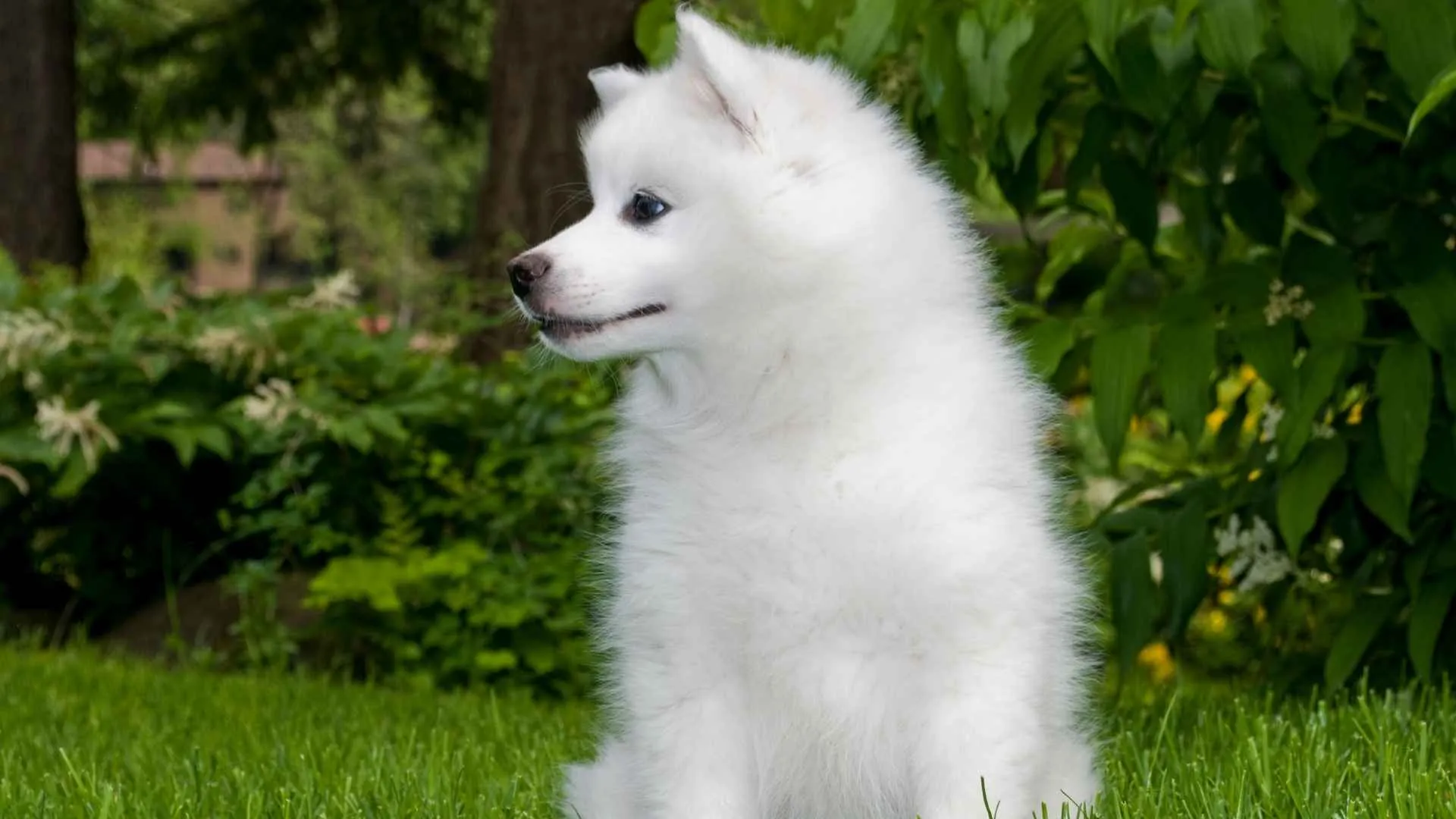
The American Eskimo Dog is a stunning breed known for its thick, snowy white coat and playful personality. This active breed has a dense double coat designed to protect against harsh weather, but it also means that shedding is a constant challenge.
Their luxurious fur may be beautiful, but it requires regular upkeep to manage the inevitable dog hair around the home.
Shedding in the American Eskimo Dog happens year-round, with peak seasons in spring and fall when they “blow” their undercoat. During these times, their growth cycle shifts, and the soft undercoat sheds in large amounts, covering floors and furniture.
PetMD states this breed requires frequent brushing—at least 3–4 times a week. Using a slicker brush and undercoat rake helps remove loose hair before it ends up on clothing and carpets. Bathing should be occasional, as over-washing can strip natural oils and cause excessive dryness, leading to even more shedding.
A well-balanced diet plays a crucial role in coat health. High-quality food rich in omega-3 fatty acids keeps their skin hydrated and reduces unnecessary hair loss. Regular exercise also supports a healthy coat, as an active lifestyle helps distribute natural oils that keep fur soft and manageable.
American Eskimo Dog is loved for its intelligence, loyalty, and striking appearance. While their shedding can be overwhelming, a proper grooming routine ensures that their fluffy coat remains healthy and beautiful—without turning your home into a fur-covered mess.
5. Pembroke Welsh Corgi
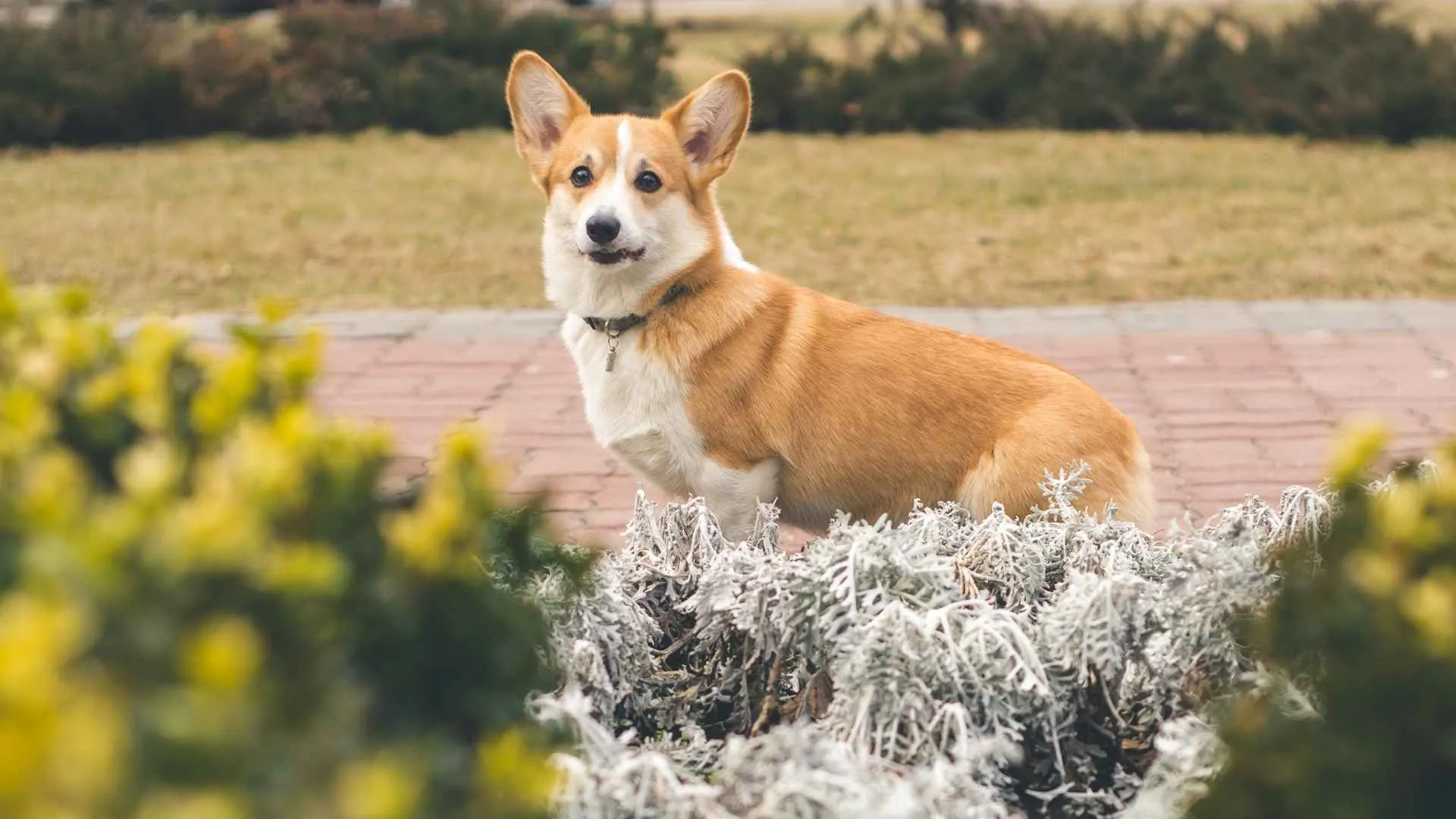
The Pembroke Welsh Corgi is a double-coated breed with a thick, weather-resistant coat that sheds consistently throughout the year. Their short but dense fur may seem manageable initially, but owners quickly realize that shedding is a constant battle. Despite their small size, they can shed a surprising amount, leaving fur on floors, furniture, and clothing.
Shedding intensifies during seasonal changes, especially in spring and fall, when they “blow” their coat. This excess shedding happens as the thick undercoat sheds large amounts to prepare for changing temperatures.
Regular grooming is essential to prevent loose hair from spreading all over the house and to keep their coat healthy.
Brushing at least 3–4 times a week with a de-shedding tool helps remove loose fur and reduce excessive shedding. Frequent vacuuming and lint rolling are also necessary for keeping fur under control. Bathing should be done occasionally, as over-washing can dry out their skin and cause even more shedding.
A high-quality diet of omega fatty acids supports coat health and minimizes excess shedding. Regular exercise also helps distribute natural oils throughout the coat, keeping it soft and manageable. Proper care ensures that shedding doesn’t become overwhelming while keeping your Corgi’s coat in top condition.
As one of the most popular dog breeds, the Pembroke Welsh Corgi is adored for its intelligence, energy, and affectionate nature. While their shedding can be challenging, their loyal and playful personality makes them a rewarding companion for those who manage their high-maintenance coats.
5. Samoyed
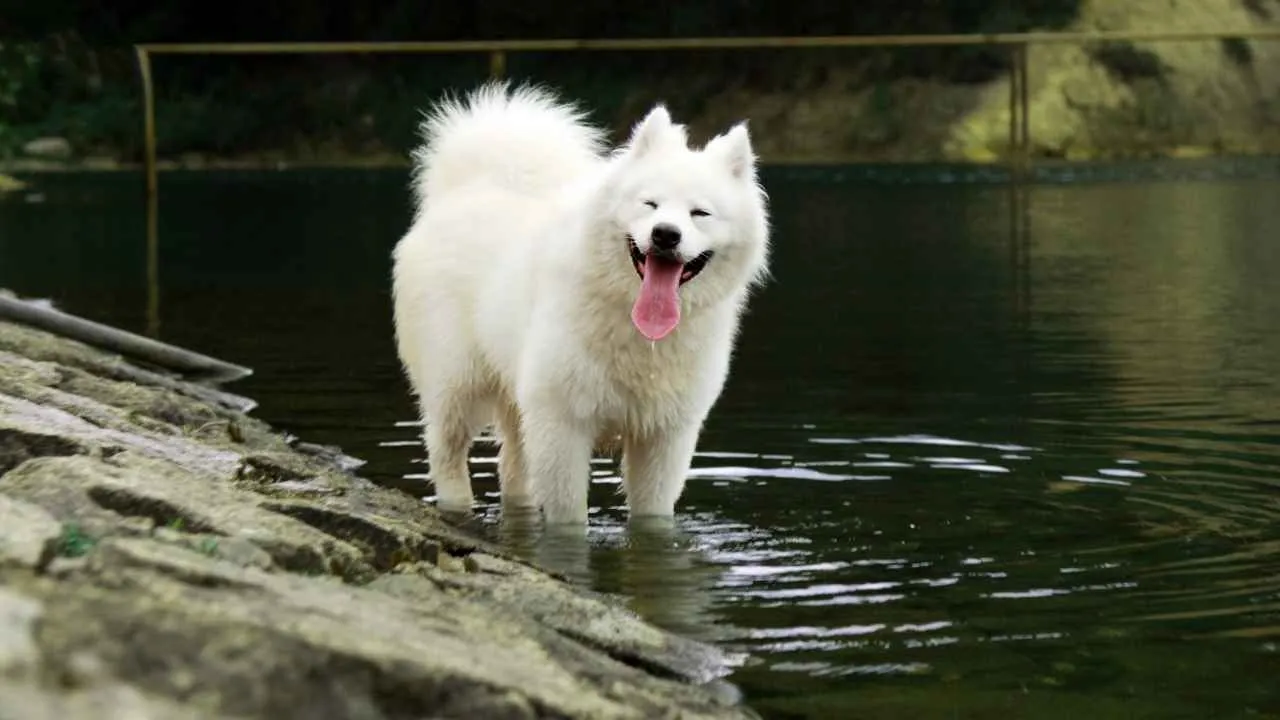
The Samoyed is a stunning, snow-white fluffball with a thick dog’s coat designed to withstand freezing temperatures. But with all that beauty comes a furry price—this breed sheds a lot. If you’re considering bringing one home, be prepared to find fur in places you never imagined, from your couch to your morning coffee!
WebMD states that the Samoyed’s plush double coat constantly renews itself, meaning shedding is a year-round event.
Samoyeds take shedding to the next level twice yearly when they “blow” their undercoat. This isn’t just a little extra fur floating around—it’s a fur explosion that can cover your floors, furniture, and even your clothes in a thick layer of fluff.
To keep the shedding under control (or at least manageable), brushing at least 4–5 times a week is necessary. An undercoat rake helps remove loose fur before it spreads all over your home. Bathing should be done occasionally, as overwashing can dry out the dog’s skin, leading to even more shedding.
Samoyeds can be stubborn, especially when it comes to grooming. Establishing a brushing routine early, paired with positive reinforcement (and maybe a few treats), can make grooming sessions smoother. Without regular care, their fur can mat, which isn’t just messy—it can be uncomfortable and even painful for your fluffy friend.
Despite their fur-filled reality, Samoyeds are affectionate, playful, and charming. If you’re ready to embrace a lifetime of fluff-covered everything, you’ll be rewarded with a loyal, lovable companion who will keep you smiling—even as you pull fur out of your morning coffee!
6. Akita

The Akita is a majestic and dignified breed known for its thick double coat and strong, muscular build. While their fur adds to their striking appearance, shedding is also a serious part of life with this breed. Akitas have a dense undercoat that sheds consistently year-round, with even more fur flying when seasons change.
Twice a year, Akitas experience a major “coat blowout” where their undercoat sheds in massive clumps. This is normal for long-haired breeds, but it can leave a thick layer of fur around the house. Brushing at least 3–4 times a week helps manage shedding, keeping their coat healthy and preventing loose hair from taking over your home.
Regular grooming isn’t just about controlling fur—it’s essential for maintaining the health of the dog’s body. Shedding can sometimes irritate the skin, so keeping up with brushing and occasional baths helps remove dead hair and prevent matting. A vet visit may be needed to rule out health issues if excessive shedding occurs outside of seasonal changes.
For allergy sufferers, Akitas may not be the best choice. Their heavy shedding can trigger allergies, as fur and dander spread easily throughout the home. Frequent vacuuming and air purifiers can help minimize allergens, but this breed is best suited for owners who can handle a fun-filled lifestyle.
Akitas are great companions, known for their loyalty, intelligence, and protective nature. Suppose you’re willing to commit to regular grooming. In that case, this powerful and loving breed will reward you with unwavering devotion and a lifetime of companionship—be ready for a little (or a lot) of fur along the way!
7. Golden Retriever
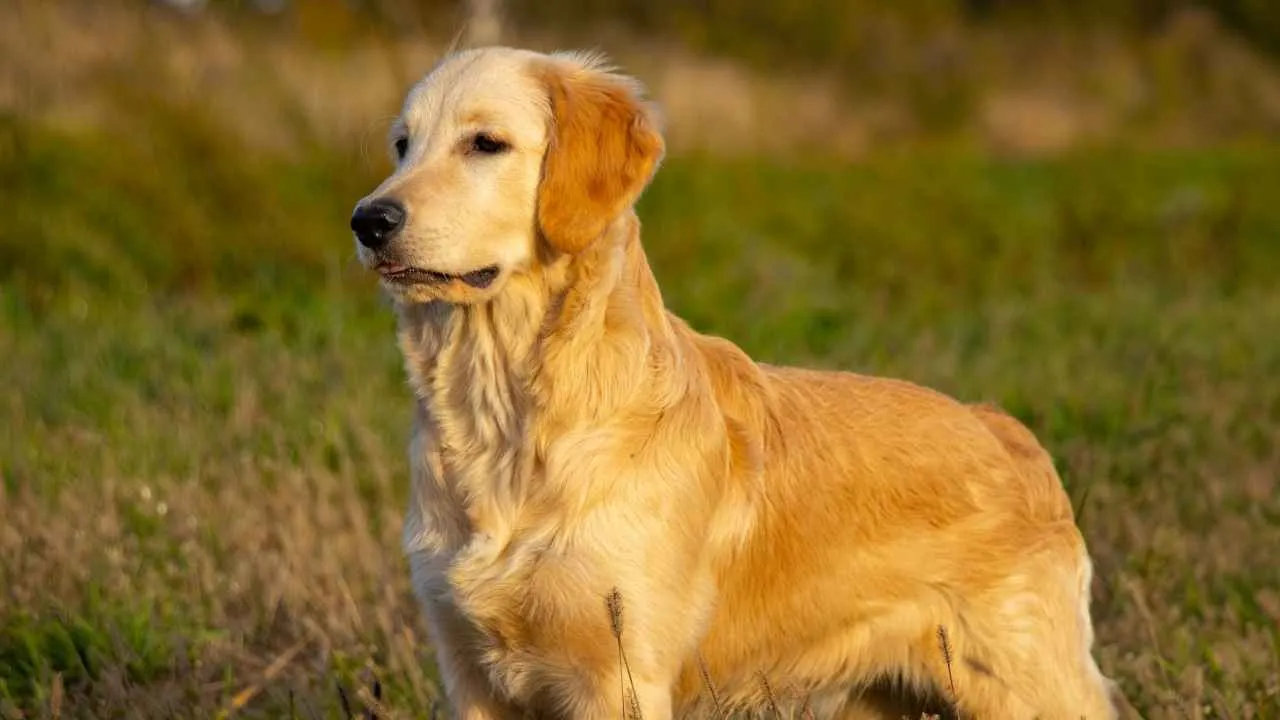
The Golden Retriever is one of the most beloved dogs in the world, known for its intelligent mind and affectionate nature. But along with their friendly personality comes a fluffy challenge—shedding. Their beautiful, flowing coat may look effortless, but keeping up with all that loose fur requires dedication.
They have a dense double coat that naturally repels water and protects them from harsh weather, which also means their fur is constantly renewing. Regular brushing, at least 3–4 times a week, is vital to remove loose hair before it ends up all over your home.
Since Golden Retrievers are naturally energetic, regular exercise helps maintain a healthy coat by promoting circulation and spreading natural oils through their fur. A high-quality diet of omega fatty acids also helps reduce excessive shedding and keeps their skin healthy. Of course, occasional baths and professional grooming sessions can help manage their thick coats.
Goldens tend to have a balanced temperament, making them a great fit for active families. Their loyalty and affectionate nature more than make up for the extra fur you’ll find around the house. If you can handle the shedding, you’ll be rewarded with one of the world’s most loving and intelligent companions.
Conclusion
If you’re considering a shedding dog breed, it’s essential to understand the factors that contribute to their coat maintenance. Breeds like the Bernese Mountain Dog, Siberian Husky, and Alaskan Malamute have thick double coats designed for winter, meaning they shed heavily year-round.
Siberian Huskies shed so much that regular grooming is a must. While these dogs require more upkeep than poodles and other breeds with low-shedding coats, their loyalty and calm nature make them wonderful companions.
Whether you choose huskies or another fluffy friend, be prepared for plenty of fur and love!


